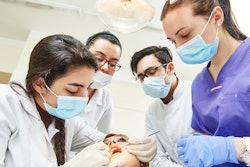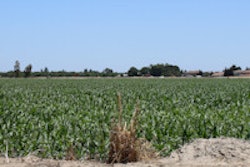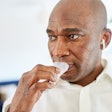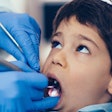
Those with a rural upbringing may be more likely to practice dentistry in pastoral or underserved areas after graduation, especially if they trained in similar locations. This study was published on September 22 in the Journal of Dental Education.
This connection could help address the dental staff shortages and higher rates of oral health issues faced by rural populations compared to urban ones, the authors wrote.
"Statistical analysis demonstrated a strong association with rural upbringing and practice in rural and/or underserved regions post-graduation," wrote the authors, led by Dr. Anna R. Forsyth, MS, of the University of Washington Department of Pediatric Dentistry (J Dent Educ, September 22, 2024).
The Regional Initiatives in Dental Education (RIDE) program at the University of Washington School of Dentistry aims to produce leaders in rural dental practices across the Pacific Northwest, including Washington, Wyoming, Alaska, Montana, and Idaho. The program, which enrolls about eight students each year, offers a clinical and didactic education, they wrote.
The study analyzed outcomes for 80 RIDE graduates from 2012 to 2021. The subjects were between 25 and 50 years old. While 34% were from rural counties, 35% were not, 13% were from out of state, and for 19% of participants, parental ZIP code information was unavailable. In cases without parental ZIP code data, RIDE provenance was used as an alternative home location.
In the study sample, 78% of graduates practiced in rural or underserved areas, 32.5% pursued postgraduate dental training, and 78% were practicing in the Pacific Northwest as of March 2023. Statistical analysis showed a strong association, with medium to large effect sizes, between both rural upbringing and training sites and practicing in rural regions, according to the results.
Additionally, 32.5% pursued postgraduate training, and the association between rural upbringing, RIDE provenance, and rural practice location was statistically significant (p < 0.001). Training sites were also strongly linked to practice location, reinforcing the program's impact on addressing rural dental care shortages.
The study, however, had limitations, including a small sample size. RIDE participants only comprised about 12% of the total entering class size at the university, which averages 63 students, the authors wrote.
"Training a rural oral health workforce is multifaceted and warrants further investigation and expansion to meet the oral healthcare needs of all communities," they wrote.


.I3dcZKubTl.png?crop=focalpoint&fit=crop&fp-x=0.5&fp-y=0.5&h=100&w=100&auto=format%2Ccompress&q=70)




.I3dcZKubTl.png?crop=focalpoint&fit=crop&fp-x=0.5&fp-y=0.5&h=167&w=250&auto=format%2Ccompress&q=70)











